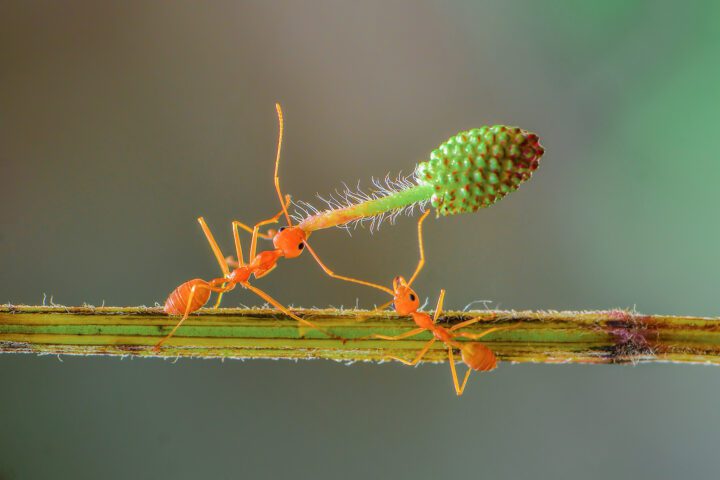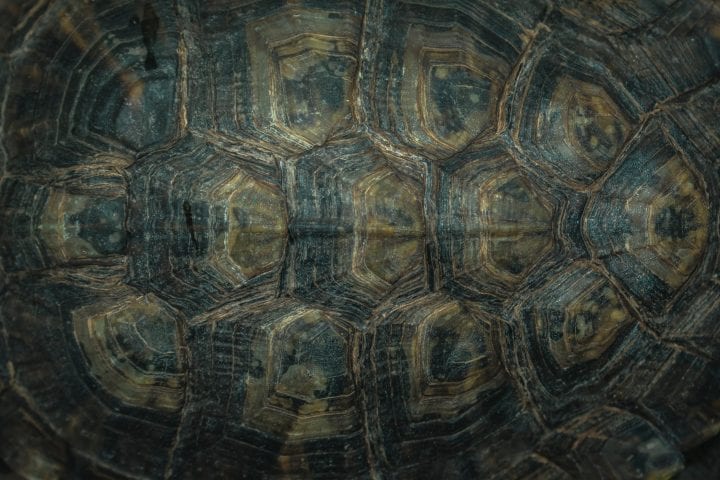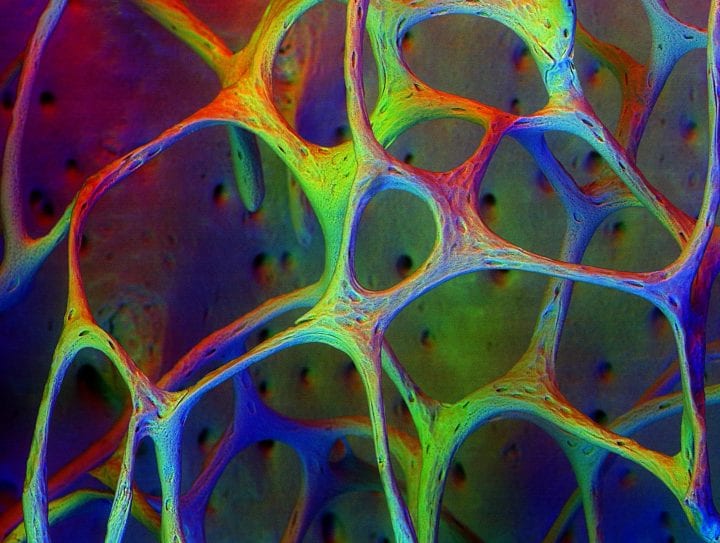Stems of pipevines repair fissures and ruptures in their strengthening tissues by parenchyma cells from surrounding tissues swelling into the fissure to seal it.
“The ability to heal fissures and injuries is characteristic, and an essential feature, of living organisms…A central aim of our research is to analyse fast healing processes in plants quantitatively and to transfer the insights into biomimetic self-repairing technical materials. A cursory pilot study revealed that some lianas, e.g. various Aristolochia species, are especially suitable models as they exhibit very efficient rapid repair mechanisms in their stems (Fig. 2)…A. [Aristolochia] macrophylla reacts to fissures and ruptures in its peripheral strengthening tissues by a rapid repair mechanism which seals the lesions very effectively and secures the functional integrity of the plant structure. As soon as a tiny fissure occurs, parenchyma cells from the surrounding cortex tissue swell into this fissure and immediately start to seal it (Fig. 3A)…Our results indicate that at least four discernable phases might be involved in the fast repair mechanism of the sclerenchyma ring in stems of A. macrophylla: (1) elastic/vasoelastic deformation of the walls of the fissure-sealing parenchyma cells, (2) plastic deformation of the cell walls, (3) cell division in radial and tangential direction, and (4) lignification of the (most peripheral) fissure-sealing cells…[We] suggest that the initial phases of fast repair of fissures take place without cell division and (significant) cell wall but mainly by physico-chemical processes altering the mechanical properties of the cell walls of the fissure-sealing parenchyma cells…This finding is encouraging for attempting to tranfer this repair mechanism into technical applications. (Speck et al. 2004:201-203)
“This study reveals in detail the mechanism of self-repair during secondary growth in the vines Aristolochia macrophylla and Aristolochia ringens based on morphological data. For a comprehensive understanding of the underlying mechanisms during the self-repair of lesions in the sclerenchymatous cylinder of the stem, which are caused by internal growth stresses, a classification of morphological changes in the cells involved in the repair process is required. In an early stage of self-repair, we observed morphological changes as a mere extension of the turgescent cortex cells surrounding the lesion, whereby the cell wall extends locally through visco-elastic/plastic deformation without observable cell wall synthesis. Later stages involve typical cell growth and cell division. Several successive phases of self-repair were investigated by light microscopy of stained samples and confocal laser-scanning microscopy in fluorescence mode. The results indicate that A. macrophylla and A. ringens respond to lesions caused by internal growth stresses with a sophisticated self-repair mechanism comprising several phases of different repair modes.” (Busch et al. 2010:2113)








